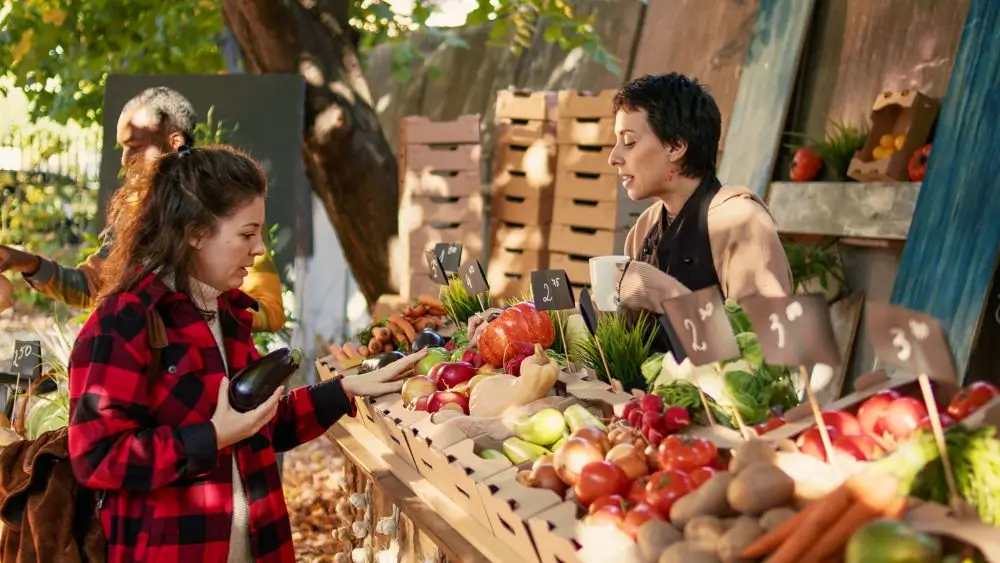
In Germany, few foods are as beloved, or as versatile, as the humble tomato. Whether bubbling in a rich pasta sauce, sliced atop a fresh Brötchen (bread roll), or transformed into the tangy ketchup drizzled on Currywurst, tomatoes are at the heart of German kitchens.
In the 2023/24 season, Germans devoured an astounding 2.3 million tons of tomatoes, making them the most consumed vegetable (technically a fruit!) in the country. That’s roughly 26% of all veggies eaten, cementing their place as a pantry staple. Yet there’s a curious twist: per capita consumption has dipped slightly, from 30.6 kg the previous year to 27.4 kg, a sign, perhaps, of shifting food trends.
What many don’t realize is how dependent Germany is on imported tomatoes. Only 3.8% of the fresh tomatoes eaten here are grown locally. The vast majority arrive from sunny Spain and the Netherlands, with Morocco climbing the ranks as a key supplier.
Still, local farmers are making strides. In 2024, German greenhouses and polytunnels produced 108,000 tons of tomatoes, a jump of 7,000 tons from the previous year. The cultivation area also expanded slightly, signaling a quiet tomato revolution at home.
From Schnitzel garnishes to steaming bowls of tomato soup on chilly winter nights, Germany’s love for this “vegetable” runs deep. And as tastes evolve, one thing remains certain: the tomato isn’t leaving German plates anytime soon.